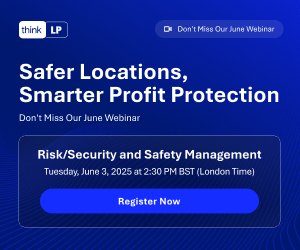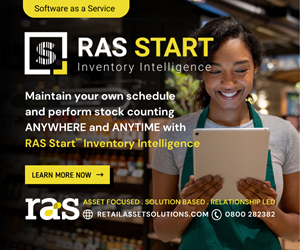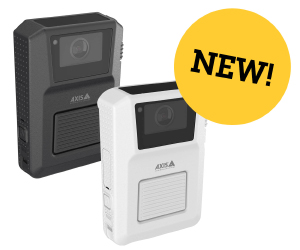RETAIL ENVIRONMENT
Biometrics in Loss Prevention
The Basics of Biometrics
Biometrics refers to the quantification of human traits or characteristics into data that can be used for two main purposes: to identify and/or to validate. The most common forms of biometrics include facial recognition, fingerprint, iris, palm-vein scan and voice biometrics but other biometrics also exist to include things like ear shape and odour.
Biometrics are used to” identify” with tools like facial recognition or voice biometrics, where data is used to compare one-to-many and identify a particular person in a crowd or group. A camera may capture images of various faces in a crowd, or a microphone may listen to various voices, and the data is compared against a database of existing biometric data to identify a known entity. Biometrics for “validation” are used to authenticate an individual and most commonly used to grant authorisation or access to a particular place or process.
How Does it Work?
Any biometric process relies on enrolment and comparison to be effective. It is critical to obtain and enrol a proper core sample, or samples, in order for valid comparison and use. A common misconception is that using biometrics means that there is a huge data warehouse somewhere that maintains a massive stack of digital facial images, voice files or fingerprint images that are rapidly scanned for comparison using some overlaying measurement tool over the original image, when in fact, the original sample is actually converted to numeric and mathematical data which is stored and used for comparison. This biometric “print” is what is stored and a complicated series of mathematical algorithms are used to compare across the data to identify the similarities. It is secure, private and with most forms of biometrics, it cannot be reverse-engineered (example: your voice “print” cannot be used to “recreate” your voice to be used elsewhere)
Biometrics in Loss Prevention Today
There are a variety of opportunities in retail for biometrics to support loss prevention and to increase profitability. The integration of biometrics offers increased security, enhanced productivity and greater accountability while reducing liability and costs.
- In the stockroom: Stop fumbling with keys and use fingerprint or palm scanning to quickly authenticate an
individual for secure and expedited access to secure areas
- At the point-of-sale: no need to key in access codes, remember your login or worry about compromised
passwords if access to systems is facilitated through fingerprint or palm scan. Or, use voice biometrics on
mobile POS or online transactions to authenticate the sale and eliminate identity theft
- On the sales floor: Supplement your alarm system and opening / closing procedures with voice, fingerprint or
palm biometrics to ensure the person accessing the building is the authorised keyholder and not just the person
with the key. You can also identify known offenders, (or conversely your good customers) with facial recognition
that can alert management for prompt response
Biometrics in Loss Prevention Tomorrow
As we continue to advance technology, systems are becoming smarter and are being built to identify users on approach rather than by password or PIN. If we look at the latest gaming technologies, we see these advances already in how they can identify and recognise specific users.
Our smartphones can read our fingerprints and our homes can be set up to turn on utilities on voice command. In retail today, shoppers can already be recognised entering a store via the near field communication (NFC) chip in their shopper loyalty card, or through recognition of the loyalty app on their mobile phone. Systems can already read RFID to determine merchandise selection and shoppers can shop and try on merchandise in virtual fitting rooms, linked to body size and gesture movement.
It is only a matter of time before these advances expand further and connect with each other and with the advances in biometric technologies, to transform the retail experience as we know it in how we recognise and validate customers, associates and sales transactions, as well as how we will identify and combat the fraudsters of tomorrow.






